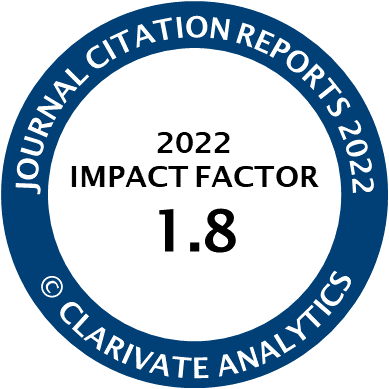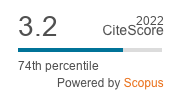Article | Open Access
Integrating Digital Twin Technology Into Large Panel System Estates Retrofit Projects
| Views: | 1271 | | | Downloads: | 817 |
Abstract: As sustainability is now a standard for the proposed developments, the focus ought to be shifted towards the existing buildings and, among them, the worldwide stock of large panel system (LPS) buildings. Major upgrades and retrofits were done to some of the LPS estates in Germany and France, but a leading sustainable way must still be developed for LPS buildings in Eastern European countries, where apartments in those half-a-century-old estates are privately owned. Both sustainability and ownership issues make the demolition option redundant, and therefore the method for deep thermal retrofit and urban intervention is being developed with the use of BIM simulation tools. Digital twin (DT) technology allows for calibration to intertwine with the Internet of Things applications that reward the inhabitants for sustainable behaviour while feeding the relevant data back to the DT. Thanks to this, smart technology can be used to raise the level of social participation in the projects and thus help educate the end-users, which is paramount in establishing and maintaining good ecological habits, and as such, also for the efficacy and viability of the final endeavour. This article proposes a procedure of creating a 3D model typology repository for facilitating DT technology to provide a good analytical tool for community consultation and enable virtual testing of technical and urban solutions before implementation. It aims to determine the method for virtual technology to give deteriorating estates a new lease of life and improve their perception in the wider community while being a conduit for the adaptation of CEE to the digital revolution.
Keywords: 3D model repository; BIM simulation tools; digital twin technology; end-user education; large panel system; modular design; participation projects; smart technology; sustainable refurbishment; thermal upgrade
Published:
© Paulina Duch-Zebrowska, Katarzyna Zielonko-Jung. This is an open access article distributed under the terms of the Creative Commons Attribution 4.0 license (http://creativecommons.org/licenses/by/4.0), which permits any use, distribution, and reproduction of the work without further permission provided the original author(s) and source are credited.




